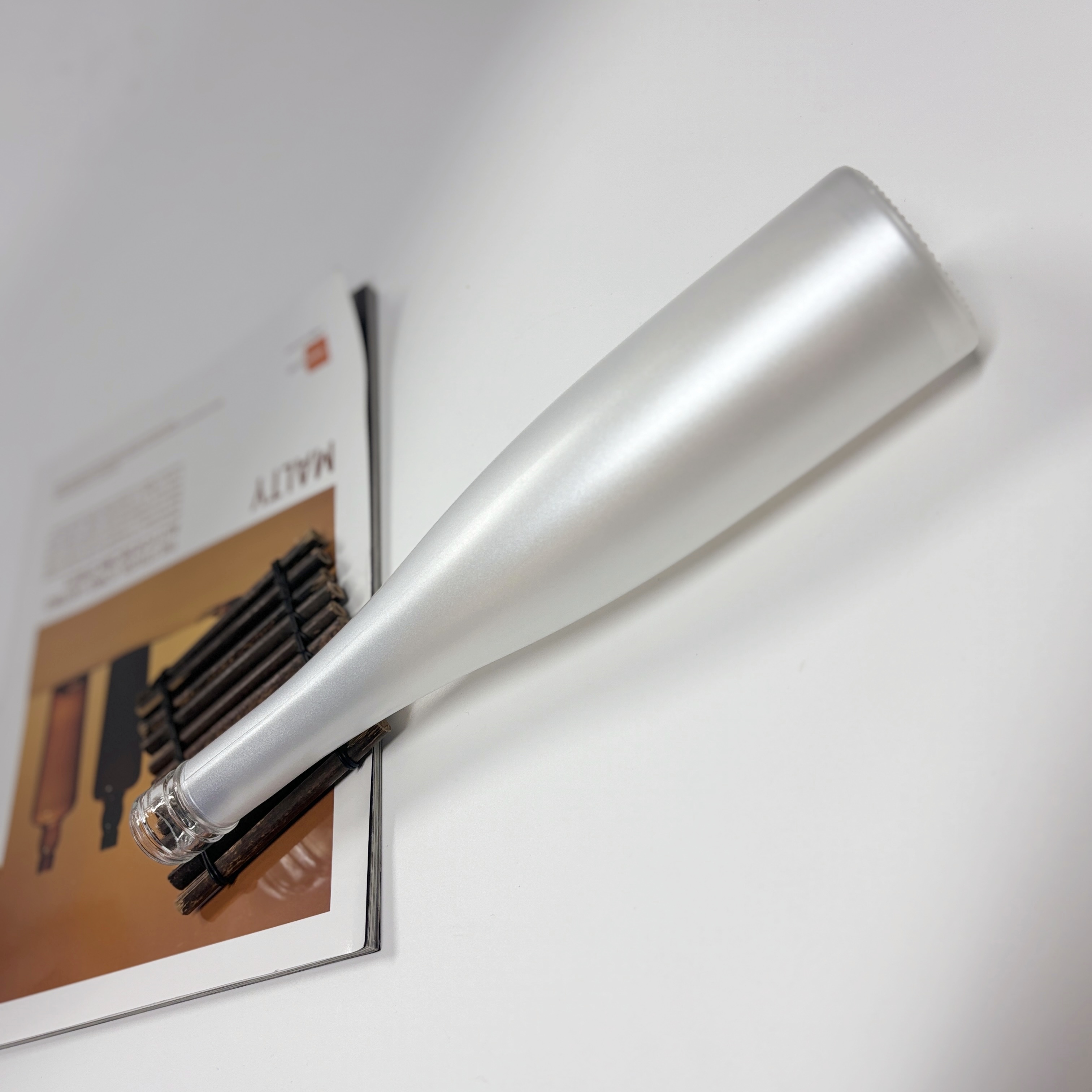In today’s highly competitive liquor market, packaging is no longer just about looks. More and more spirit brands are shifting their focus toward a subtle but powerful element—tactile design.
The texture, weight, and grip of a glass bottle can strongly influence how consumers perceive product quality. Touch is quietly becoming the “fifth sense” in premium bottle design.

Why does "touch" matter more now?
1. Subconscious influence in purchase behavior
Studies show that the way a product feels in-hand can directly impact consumer trust. Heavier bottles, rough textures, and matte finishes are often associated with premium quality.
2. Social media: touch becomes visual
On platforms like Instagram and TikTok, packaging is not just seen—it’s shown being held, unboxed, opened. Bottles with embossed details, texture, or satin coating stand out more in content.
3. Differentiation in crowded markets
On a shelf full of similar bottles, visual appeal can become diluted. A distinct tactile feel can be the factor that makes a customer pick up your bottle first.

Popular tactile elements in glass bottle design:
Embossed or debossed brand logos
Frosted (matte) finishes for a soft-touch effect
Textured spray coatings to simulate leather or grip
Wave or grooved bottle shapes for ergonomic grip
Heavy-bottom bases to increase perceived value and stability
From our recent international orders, we’ve seen rising demand—especially from Europe and the Middle East—for tactile-enhanced bottle designs.
At Jingrui Packaging, we offer a full range of custom molds and surface treatments to help brands combine aesthetics with a memorable touch experience. Because we believe:
The feel of a bottle tells the story behind the spirit.